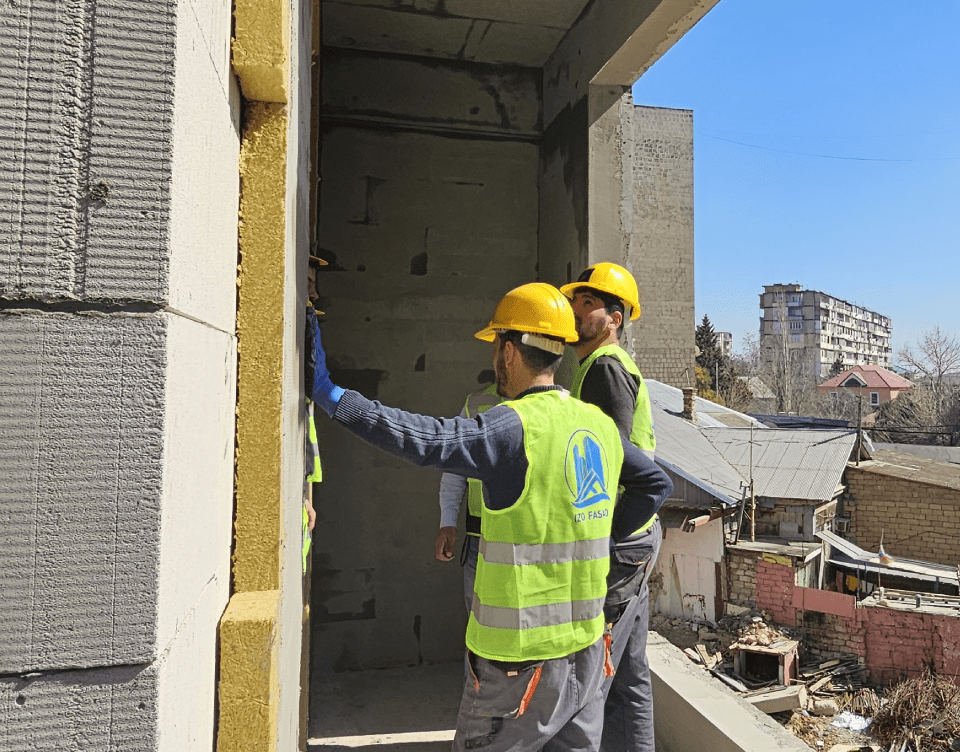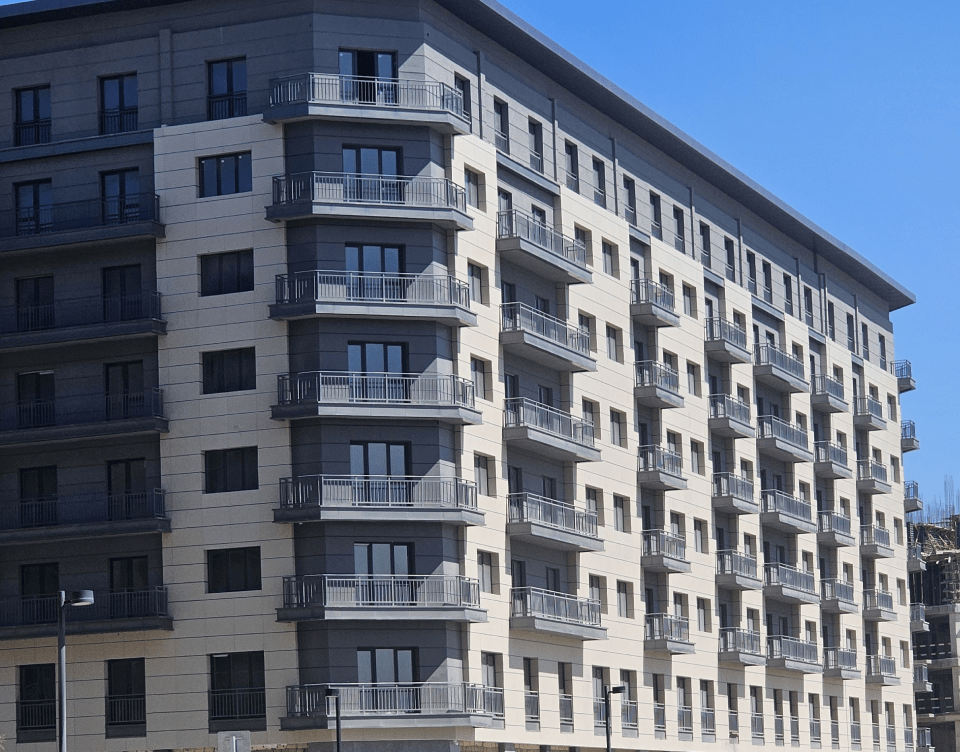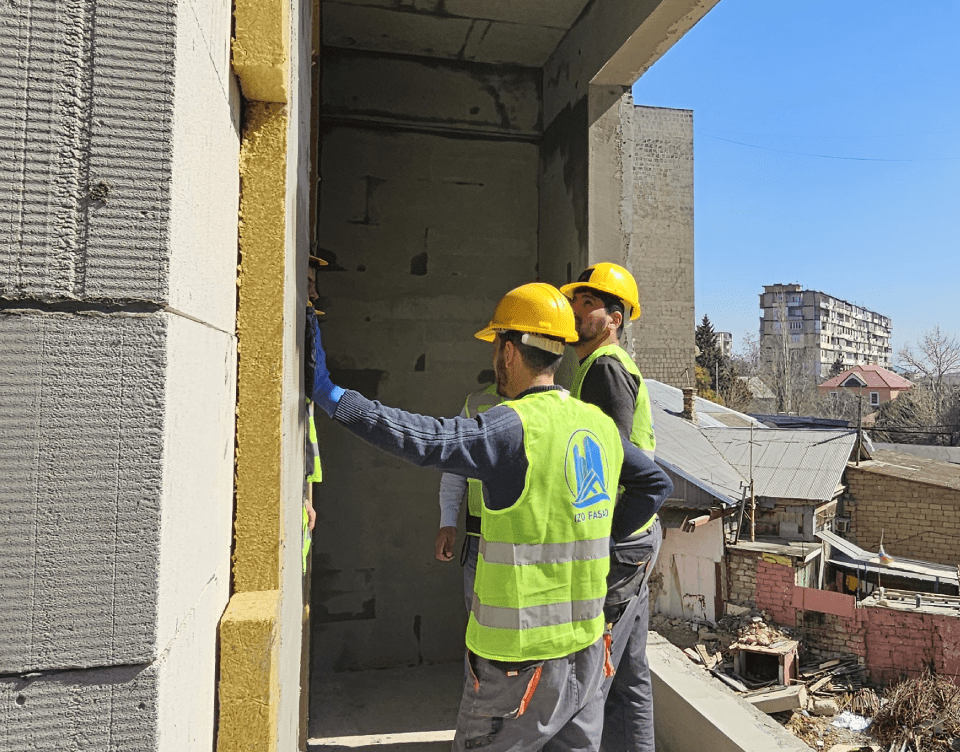The Ultimate Guide to Facade Insulation: Tips and Techniques
In the realm of construction and building maintenance, facade insulation stands as a crucial component for enhancing energy efficiency, comfort, and sustainability. Whether you're embarking on a new construction project or looking to upgrade an existing building, understanding the ins and outs of facade insulation is essential for achieving optimal performance and long-term benefits.
Understanding Facade Insulation:
Facade insulation involves the installation of thermal barriers on the exterior walls of a building to prevent heat transfer and improve energy efficiency. By creating a barrier between the interior and exterior environments, facade insulation helps regulate indoor temperatures, reduce heating and cooling costs, and enhance overall comfort for occupants.
Types of Facade Insulation Materials:
There are various types of materials used for facade insulation, each offering unique properties and benefits. Common options include rigid foam boards, mineral wool, spray foam insulation, and insulated concrete forms (ICFs). The choice of material depends on factors such as climate, budget, building design, and desired thermal performance.
Installation Techniques:
Proper installation is key to the effectiveness of facade insulation. Techniques may vary depending on the chosen material and building structure. Generally, insulation boards are attached to the exterior walls using mechanical fasteners, adhesive, or both. Careful attention must be paid to seams, joints, and penetrations to ensure a continuous thermal barrier and minimize thermal bridging.
Moisture Management:
Effective moisture management is essential for preventing mold, mildew, and structural damage. Vapor barriers and drainage systems are often incorporated into facade insulation systems to control moisture infiltration and promote drying. Proper ventilation and air sealing also play a crucial role in maintaining a healthy indoor environment.
Maintenance and Longevity:
Regular maintenance is essential for ensuring the longevity and effectiveness of facade insulation systems. Periodic inspections should be conducted to check for signs of damage, deterioration, or moisture intrusion. Prompt repairs and replacements are necessary to address any issues and preserve the integrity of the insulation over time.
In summary, facade insulation is a critical aspect of building design and construction, offering numerous benefits in terms of energy efficiency, comfort, and sustainability. By understanding the principles, materials, and techniques involved in facade insulation, building owners and professionals can make informed decisions to create healthier, more efficient, and environmentally friendly buildings for generations to come.






